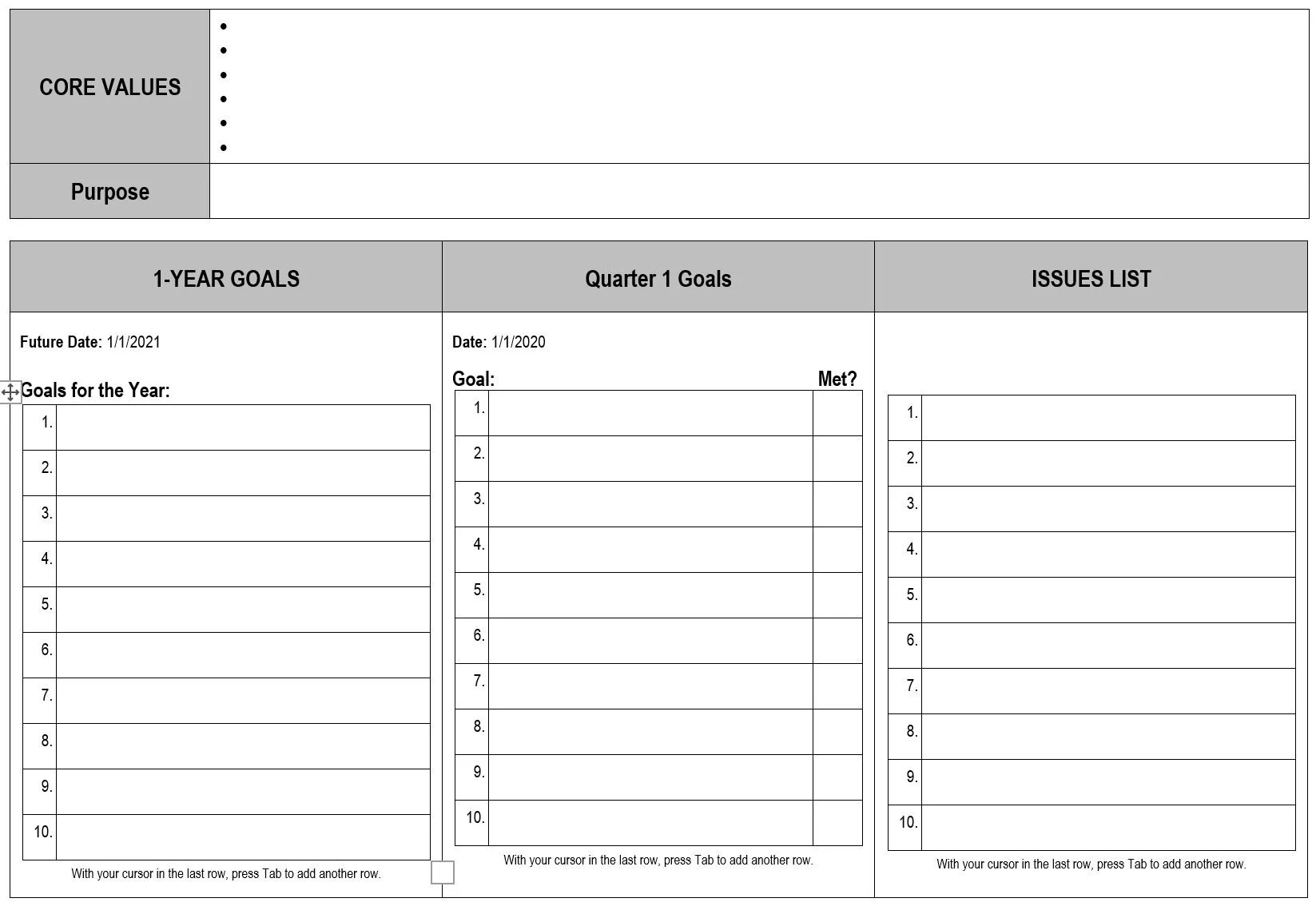Last week we talked about why leaders need to know sales. The answer is to understand how to build influence with those around them. This morning I want to focus more on building that foundation in building influence. We are now in the office looking around seeing how we can learn more about our relationships and find ways we can relate to each of them. Does this sound familiar? This is rapport in the sales process. It is also the building block for influence. Unfortunately, rapport is only the beginning of building influence and not the end all.
Most people believe that you just need to build rapport with the individual so that you can influence them. Rapport is building up some relational collateral with the individual so that you can step in a little more and grow the relationship. It takes time to build good rapport and relational collateral in order to get the person to start working with you more.
When you start taking a deep interest in other people, you will gain influence with them. You’ll take interest in their hobbies and things that make them come alive. That person will start to open up in areas that they feel they can share as well as ask for input.
I use the 3 letters when trying to learn more about others to build influence. The letters are C.I.A. No, not the government agency.
C-stands for being curious. Be curious like a child that never stops wanting to know more. Be curious to learn more about your relationships whether they are customers, teammates, family, friends, people you just met, etc. Be curious to learn about them as much as you can. People love to talk about themselves and are craving that connection.
I-stands for being intentional. Be intentional about your relationships. While you are asking questions do not stare at a phone while the other person responds. Look them in the eyes and pay attention to what they are saying and how they are saying it. You’ll learn a lot about a person when you pay attention to their posture, their tones, their words. Even when someone is saying they are fine… if their tone sounds like they are about to scream, they are not fine. Pay attention and see if there is a way you can help.
A-stands for asking questions. Ask a great deal of questions. This being paired up with curiosity and being intentional helps you really learn about the relationships. What is really going on with your teammates, your customers, your family members? Similar to the sales process where you do a needs analysis in my book “The Sales Process Uncovered”, you will ask questions to see if there is a way you can help the person get to where they want to go. People of great influence are not those that take from people, but are people that give as much as they can without expecting anything in return. That can be time, money, clothing, etc. Dale Carnegie, Mother Teresa, Jesus Christ are all people of great influence. These people started most of their conversations with questions. These individuals wanted to learn about the situation and where they could help. They stepped in.
For today, focus on using C.I.A. when you interact with people you come in contact with. Not for the sole purpose of gaining influence. You will as a bi-product, but because you want to really interact with people on a deeper level.
Have a great week everyone!
Sincerely,
Kevin Sidebottom





















